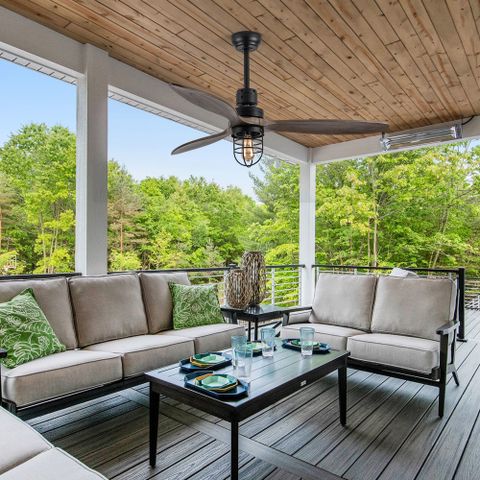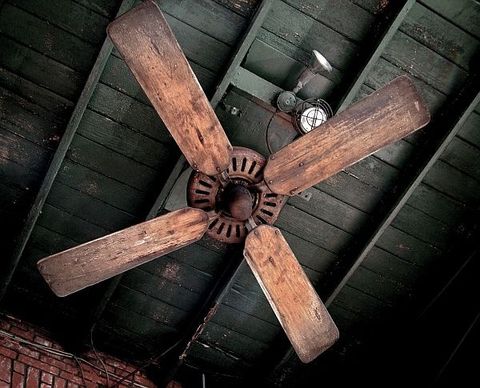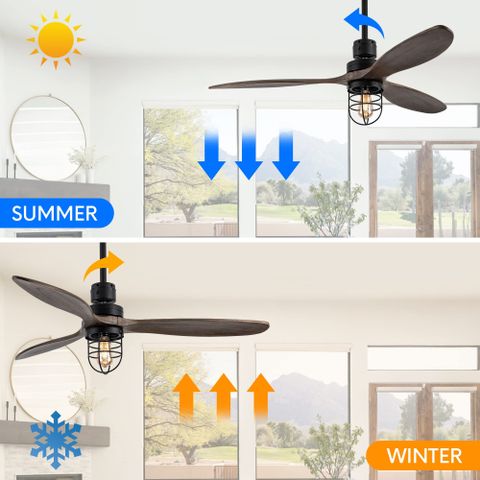Picture this: you’ve invested in beautiful wooden blade fans for your outdoor space, but after just a few seasons, they start looking worn and weathered. What went wrong? The truth is, keeping wooden fans alive outdoors isn’t just about luck—it’s about understanding their needs and giving them the right care.
Outdoor spaces are wonderful, but they’re also tough on materials. Wooden blade fans, while stunning and functional, face a daily battle against sun, rain, wind, and temperature changes. These magnificent pieces of craftsmanship can last decades if properly cared for, but they’ll quickly deteriorate without attention. The good news? With some knowledge and a little effort, you can extend their life significantly.
Understanding the Enemy
Before we dive into care strategies, let’s talk about what’s working against us. Wood naturally expands and contracts with humidity and temperature changes. In outdoor environments, this happens constantly. Sunlight breaks down wood fibers over time. Rain and moisture cause swelling and potential warping. Wind creates friction that wears away surfaces. Insects might even find your fans attractive. These factors combine to make outdoor wood maintenance a full-time job, but one worth taking seriously.
Prevention Through Proper Installation
The first line of defense is installation itself. Mount your fans in locations that offer some protection from direct weather exposure. Look for spots that receive shade during peak afternoon sun, but still allow good air circulation. Avoid areas where water tends to pool or collect. Consider adding a small canopy or overhang for extra protection. When mounting, ensure all hardware is stainless steel or galvanized to prevent rusting. Remember, a well-installed fan is half the battle won.
Regular Cleaning Rituals
Cleanliness is crucial. Dust and debris accumulate fast in outdoor settings. Every month or two, gently remove dirt and grime with a soft brush or cloth. For stubborn buildup, use mild soap and lukewarm water. Never use harsh chemicals or pressure washers, which can damage wood fibers. After cleaning, always dry thoroughly. This simple habit prevents moisture retention and keeps your fans looking fresh. Think of it like brushing your teeth—daily routine makes all the difference.
Protective Treatments and Coatings
This is where things get interesting. Applying protective treatments is like putting on sunscreen for your wood. Natural oils such as linseed oil or tung oil penetrate deep into wood fibers, creating a barrier against moisture and UV rays. These treatments need refreshing every six months to a year depending on exposure levels. Commercial wood sealers and stains also work well, but choose products specifically designed for outdoor use. Some people swear by beeswax-based treatments for their durability. The key is consistency and choosing quality products.
Seasonal Maintenance Checkups
Think of these as annual health exams. Every spring, inspect your fans thoroughly. Look for signs of splitting, warping, or insect damage. Tighten any loose screws or bolts. Check that blades are still properly balanced. If you notice any issues early, they’re much easier and cheaper to fix. Summer brings extra heat and sun exposure, so pay extra attention during these months. Winter may bring freezing temperatures that can stress wood, so watch for cracks or splits that might develop during cold weather.
Handling Weather Extremes
Extreme weather events can be devastating. During severe storms, consider removing fans temporarily if possible. Otherwise, ensure they’re securely mounted and check for damage afterward. High winds can cause fatigue in wood over time, leading to eventual failure. If you live in an area with significant freeze-thaw cycles, be especially vigilant. Wood expands when frozen and contracts when thawed, which can create stress fractures. Some fans benefit from being stored indoors during harsh winters, though this depends on your specific setup and local climate.
Maintaining wooden blade fans in outdoor environments requires dedication, but the results are worth every effort. These beautiful pieces of furniture can grace your outdoor living spaces for generations when given proper care. Remember, prevention beats cure every time. Start with smart installation, keep up with regular cleaning, apply protective treatments consistently, and conduct seasonal inspections. With these practices, your wooden fans will continue providing both beauty and function long after others have given up. The investment in care today pays dividends tomorrow.














